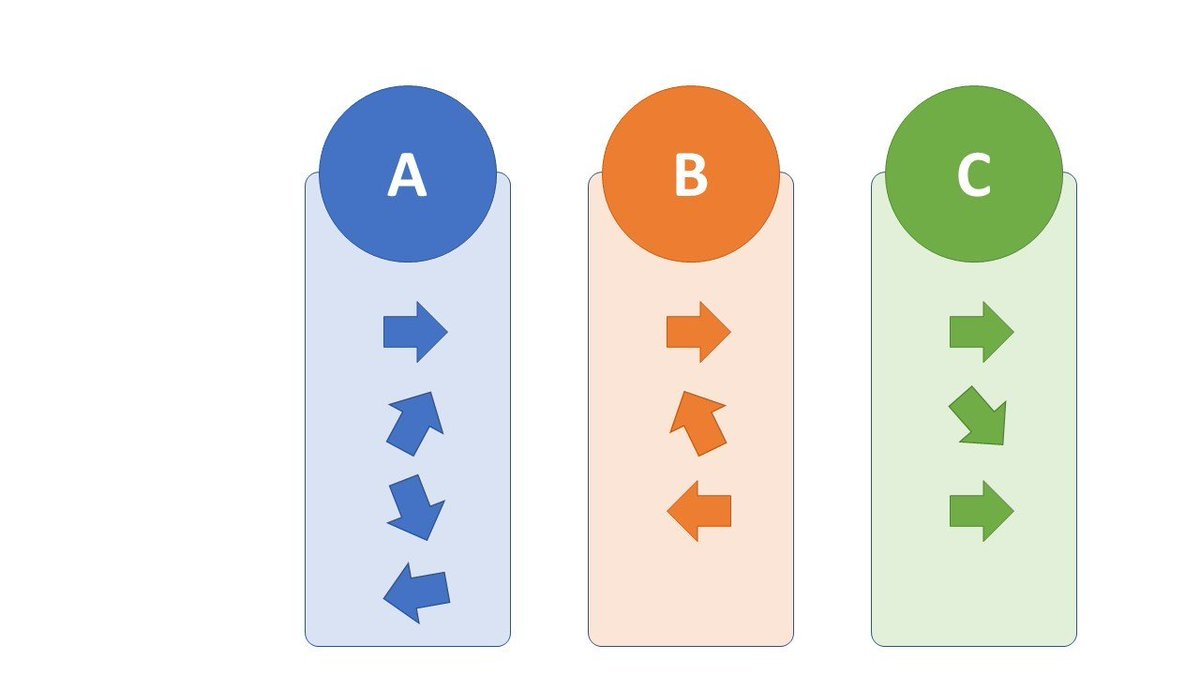What better way to tie up the week than with a run-through of pacta sunt servanda?
A short thread, with pictures
Thanks to @Cardwell_PJ & Therese O'Donnell @UniStrathclyde for their help on this (any errors will be mine)
1/
A short thread, with pictures
Thanks to @Cardwell_PJ & Therese O'Donnell @UniStrathclyde for their help on this (any errors will be mine)
1/
As a bit of context, PSS is a basis of customary international law, and a cornerstone of the Vienna Convention: without it, the whole treaty-making business really has no point at all
2/
2/

It's important to highlight that PSS carries implications, not least that states are free to enter treaties and to act freely elsewhere, but it's on them to only enter into commitments they can keep
3/
3/

And if you want out, but the other party/parties don't agree, then you haven't got many legitimate options open to you (hence why you should think carefully before entering into things in the first place)
5/
5/

So here's your summary: no-one forces you to sign up, so it's on you to follow through
PDF version: bit.ly/UshGraphic40
6/
PDF version: bit.ly/UshGraphic40
6/

Happy to take amendments/suggestions
@SurreyCbe @SurreyPolitics @UKandEU @anandMenon1 @ProfTimBale @pmdfoster @AndrewSparrow
@SurreyCbe @SurreyPolitics @UKandEU @anandMenon1 @ProfTimBale @pmdfoster @AndrewSparrow
• • •
Missing some Tweet in this thread? You can try to
force a refresh
















